12 Prebiotic Foods You Didn't Know Were Fueling Your Gut's Good Bacteria
If you’ve ever wondered why some people seem to thrive with boundless energy and steady digestion, their gut health might be their secret weapon. We often hear about probiotics (those friendly bacteria in yogurt and supplements), but prebiotics are the quiet heroes—special plant fibers that nourish your gut’s beneficial bacteria, helping them flourish. Prebiotics aren’t just found in garlic and onions, though. Some of your kitchen’s most unassuming staples are quietly fueling your body’s “good” bacteria in remarkable ways.
1. Pistachios: The Bedtime Snack Your Gut Loves
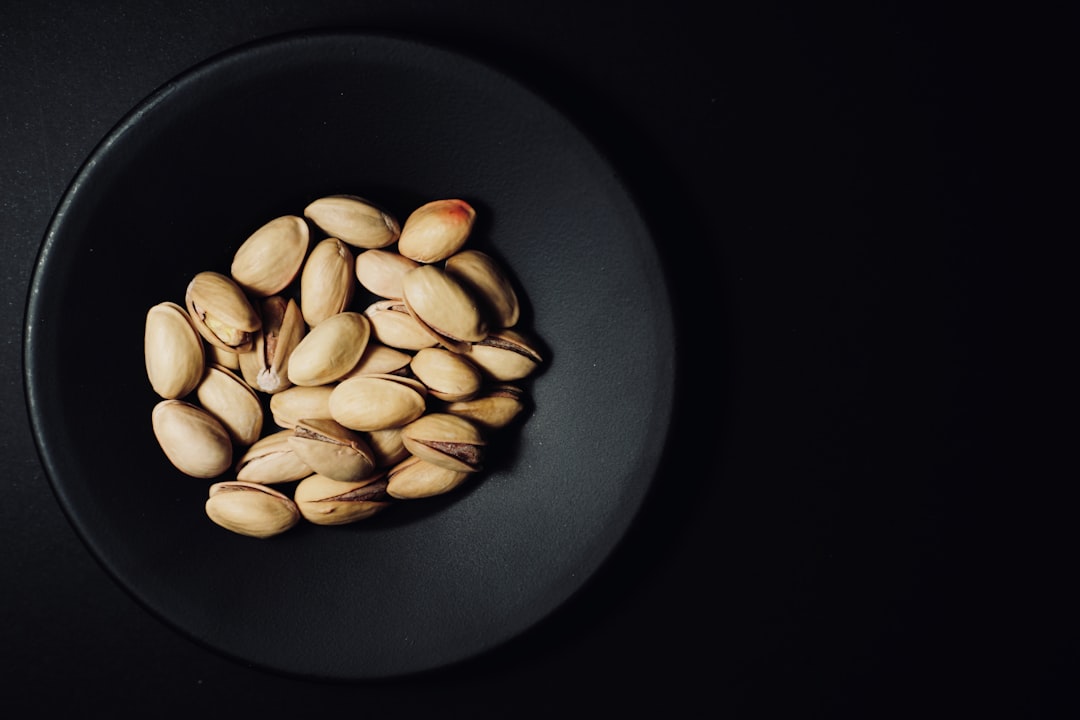
When you think about nighttime snacks, you probably don’t picture pistachios leading the pack for gut health. But emerging research out of Penn State has found that just two ounces of these vibrant nuts before bed can make a meaningful difference to your gut’s microbial balance. Pistachios are packed with natural fiber and a type of prebiotic that feeds beneficial bacteria, specifically Roseburia and members of the Lachnospiraceae family—both known for producing butyrate, a compound essential for supporting the gut lining and keeping inflammation at bay. Over the course of a 12-week clinical study, participants who snacked on pistachios at night saw an increase in these “good” gut bacteria and a decrease in strains linked to negative health effects. The best part? Pistachios are easy to grab and enjoy as-is, or tossed over yogurt or salads. For anyone with a sweet or salty nighttime craving, making the switch to pistachios might just nourish your gut (and satisfy your taste buds) in one gentle move.
2. Cooked and Cooled Potatoes
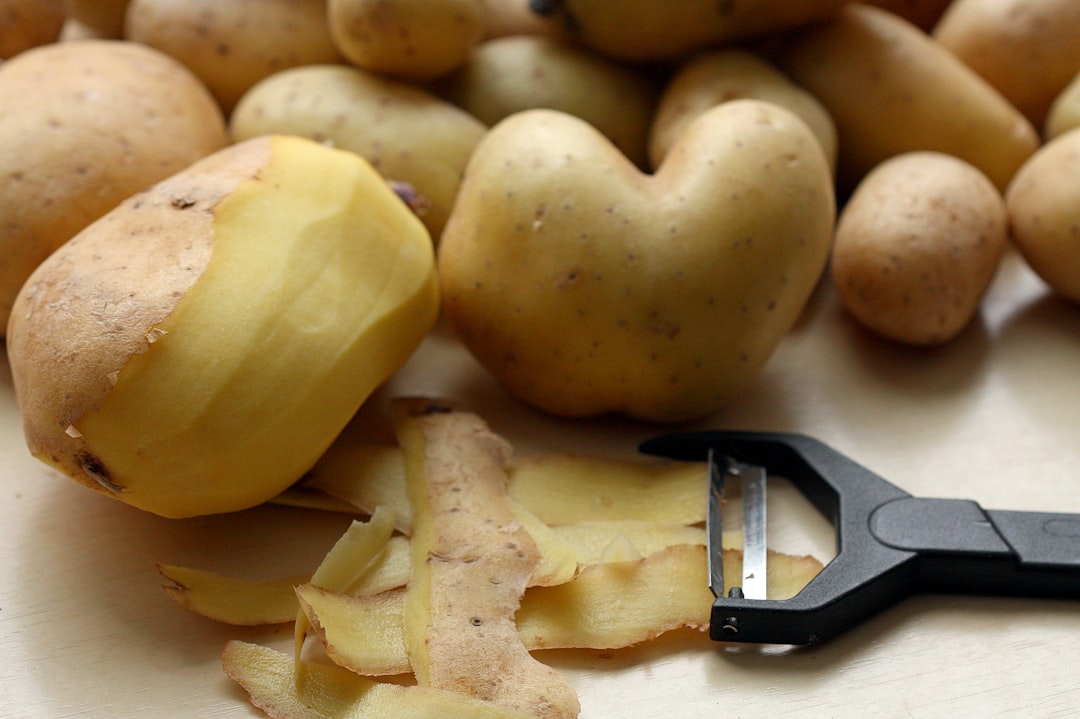
Potatoes often get a bad reputation for being starchy, but when you cook and then cool them, magic happens for your gut. This simple process boosts their resistant starch content—a special kind of fiber your body can’t digest, but your beneficial bacteria can. Resistant starch acts as fuel for short-chain fatty acid (SCFA)-producing microbes that play a starring role in gut healing and anti-inflammatory support. Think of potato salad made with cooked and cooled spuds, or that leftover baked potato from dinner, chilled for lunch the next day. This preparation helps maximize the gut-friendly benefits, making it easy to enjoy potatoes without the blood sugar spike. If you’re looking to support your microbiome without overhauling your entire routine, adding a cold potato dish a few times a week is a flexible, forgiving option your gut will thank you for.
3. Green Bananas
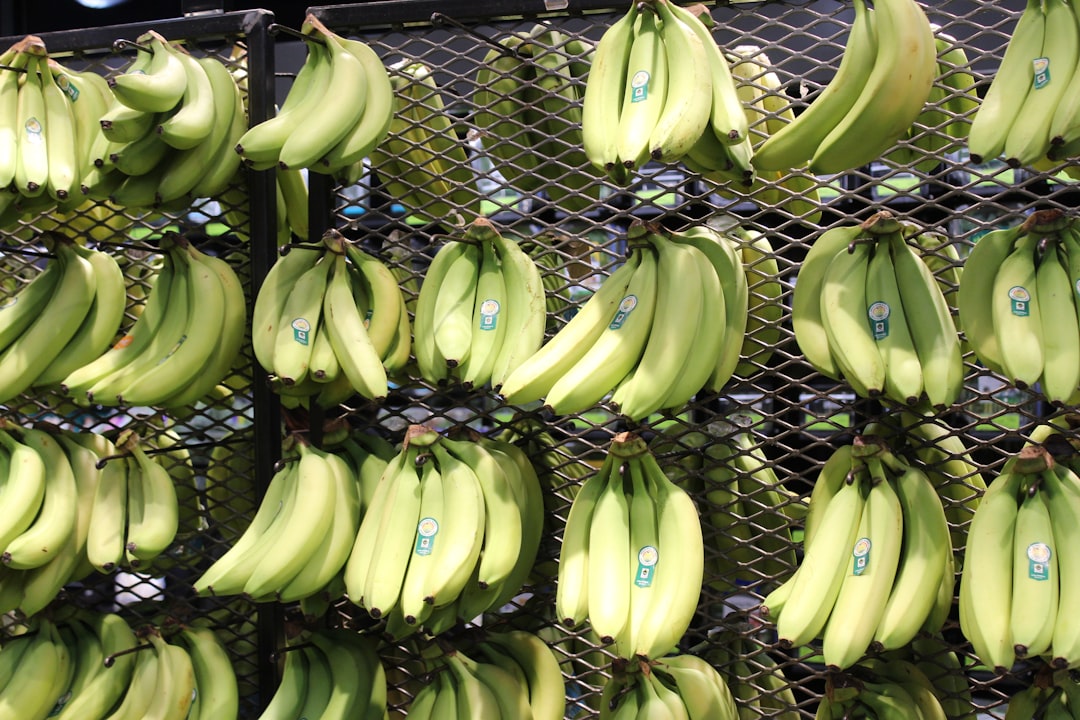
Most of us wait for bananas to turn yellow and spotty before eating them, but your gut might prefer them green. Unripe bananas are especially rich in resistant starch—a type of prebiotic fiber that travels undigested to your colon, where beneficial bacteria ferment it into compounds that support gut lining health. This not only feeds your “good” microbes but also helps keep your digestive system regular and balanced. Green bananas can be slightly firmer and less sweet, which makes them a great addition to thick smoothies, overnight oats, or even sliced into probiotic-rich yogurt for a double gut boost. By experimenting with the less-ripe bunch, you’ll add a subtle variety to your fiber intake and give your microbiome a real treat.
4. Cold Rice
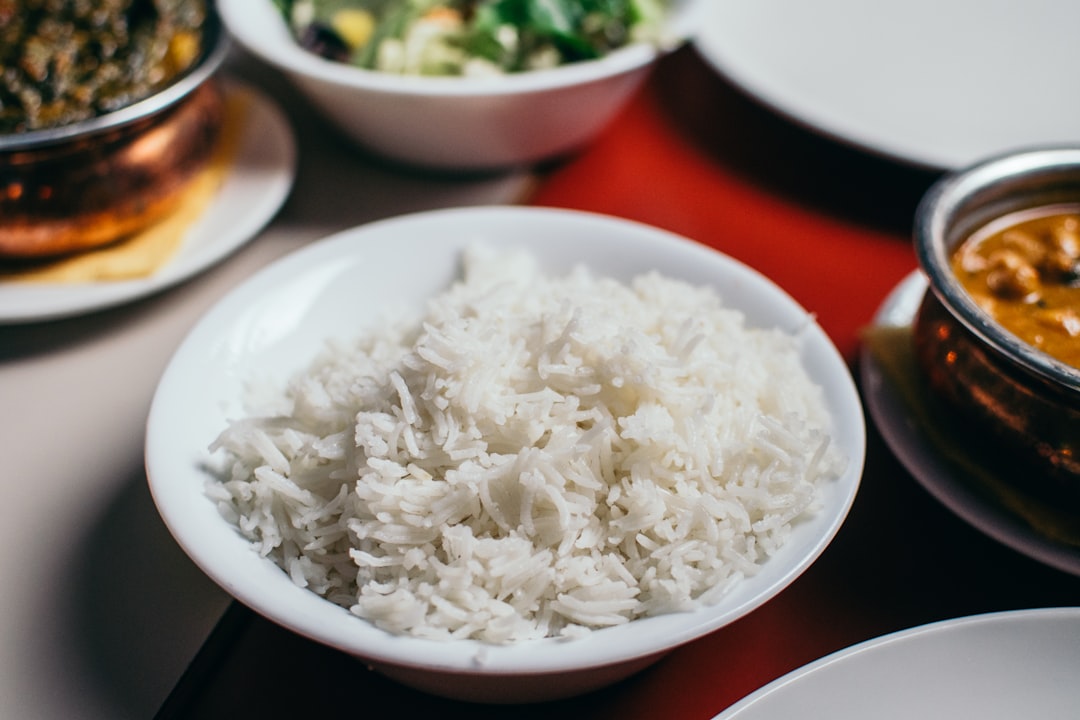
Rice is a staple in many cuisines, but its biggest prebiotic benefits are unlocked after it’s cooked and then chilled. When rice cools, it forms more resistant starch, which is a favorite food for helpful bacteria living in your colon. This extra resistant starch creates an ideal environment for a more diverse gut microbiome, supporting everything from regular digestion to balanced immune function. Think cold rice salads with fresh veggies or handy grab-and-go sushi rolls. Whether you’re meal-prepping for the week or repurposing leftovers, try using cooled rice for its extra gut health points. This easy tweak means you can enjoy a satisfying meal while feeding the microbial friends working behind the scenes for your health.
5. Jerusalem Artichokes (Sunchokes)
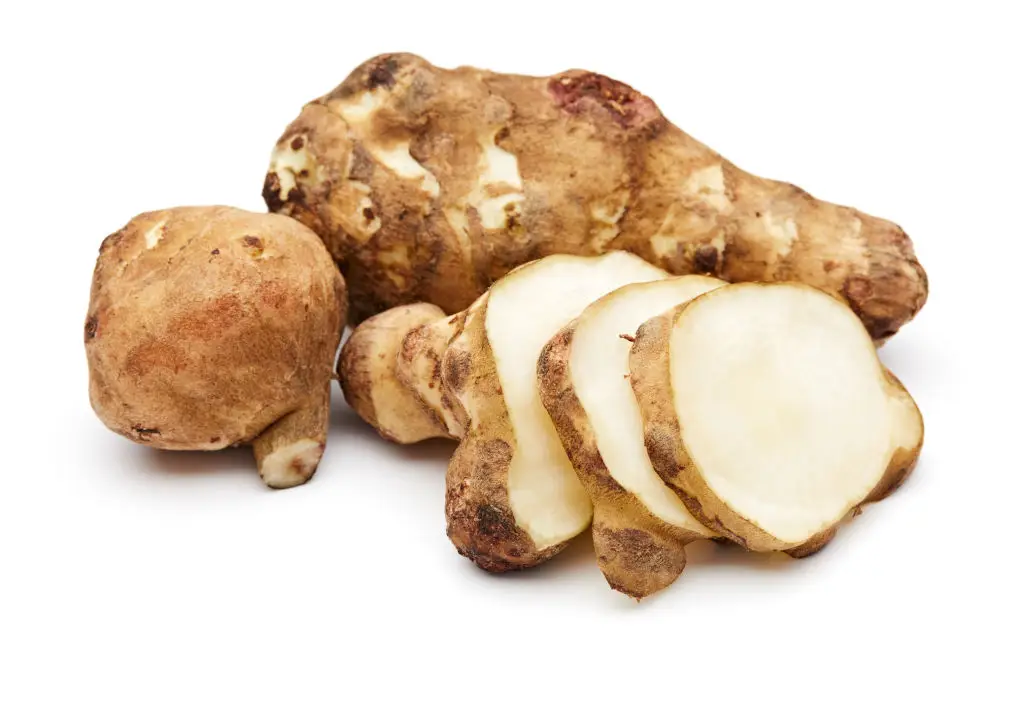
Jerusalem artichokes—also called sunchokes—are knobby roots with a sweet, nutty flavor and a sky-high concentration of inulin, a superstar prebiotic. Inulin acts as a preferred fuel source for Bifidobacteria, one of the most beneficial groups of bacteria in your gut. These bacteria help with immunity, improved digestion, and the absorption of crucial nutrients. Roasting sunchokes brings out their mellow sweetness, but you can also shred them raw into slaws or salads for crunch. If you’re new to sunchokes, start with small servings to let your gut adjust—your beneficial microbes will thank you for this thoughtful boost.
6. Chicory Root
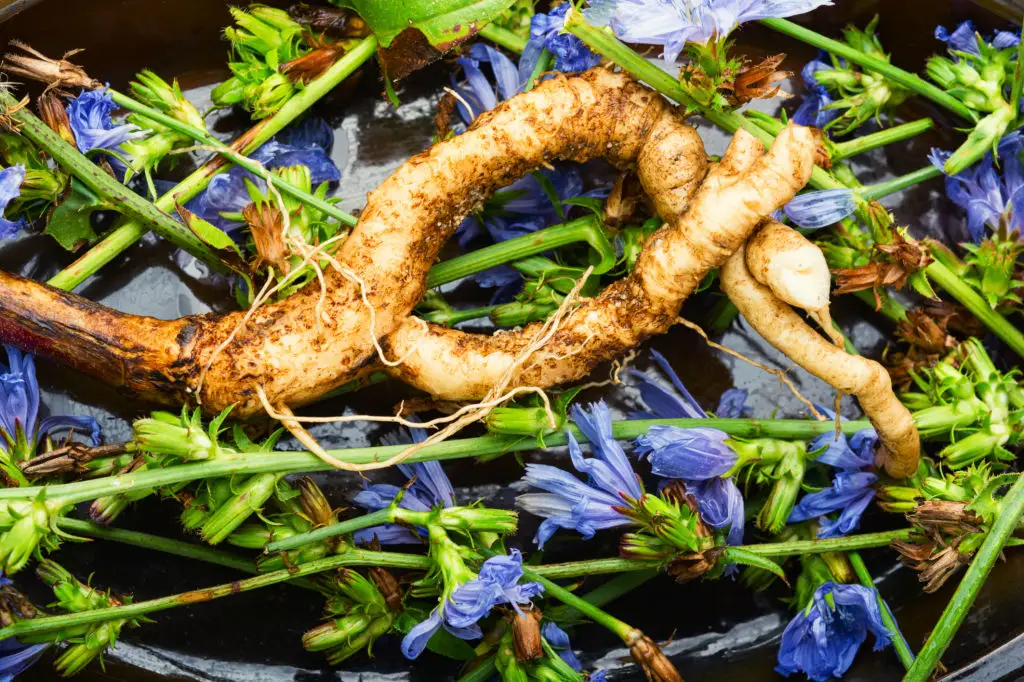
You might recognize chicory root as a coffee substitute, but it’s one of nature’s richest inulin sources. Inulin isn’t just fiber—it directly feeds beneficial bacteria, supports gentle regularity, and even helps the body absorb minerals. Stirring roasted, ground chicory into herbal coffee, smoothies, or baked goods is an easy way to reap these prebiotic perks. Plus, chicory root blends naturally with a wide range of flavors, making it a flexible addition to your wellness routine. With each small step, you’re giving your gut’s “good” bacteria more of what they need to help you feel vibrant at every stage.
7. Mixed Beans (Kidney, Black, Navy)
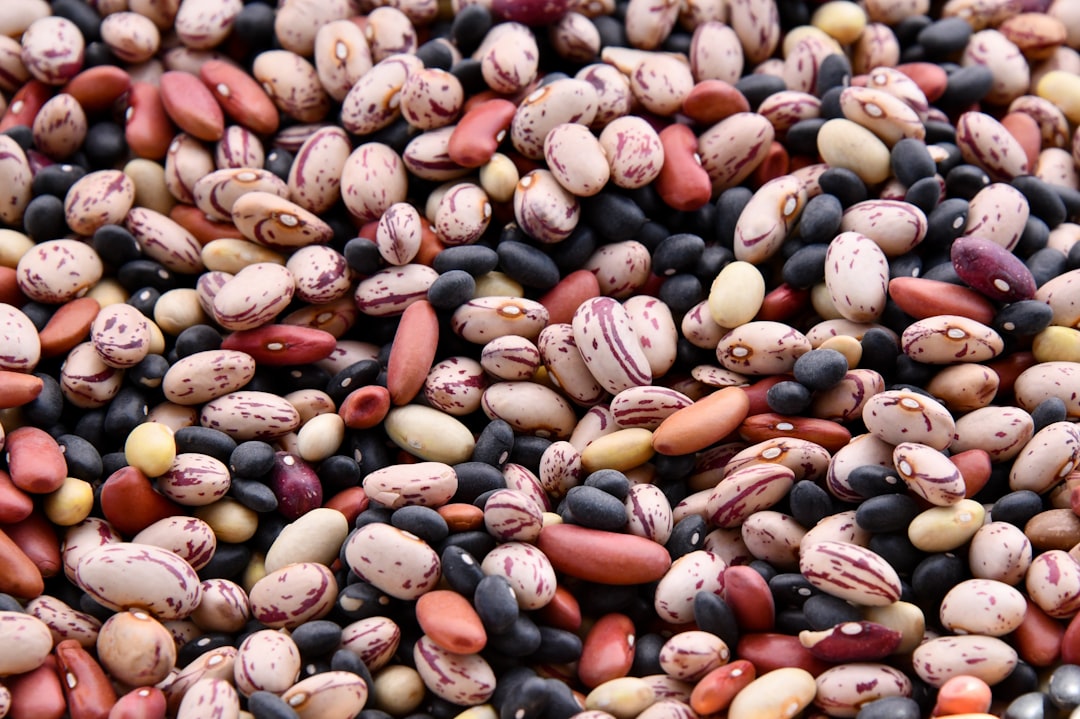
Beans are a true fiber powerhouse, and mixed varieties such as kidney, black, and navy beans pack a double whammy of prebiotic fiber and resistant starch—especially after cooking and cooling. This combination fuels butyrate-producing bacteria, known for supporting gut healing and overall microbial diversity. Enjoy beans tossed into salads, stirred into hearty soups, or layered in grain bowls for a satisfying source of gentle nourishment. If beans sometimes feel hard to digest, rinsing canned varieties and easing into smaller servings can help your gut adjust. With regular inclusion, beans can shift your digestive health and energy levels, one simple meal at a time.
8. Asparagus
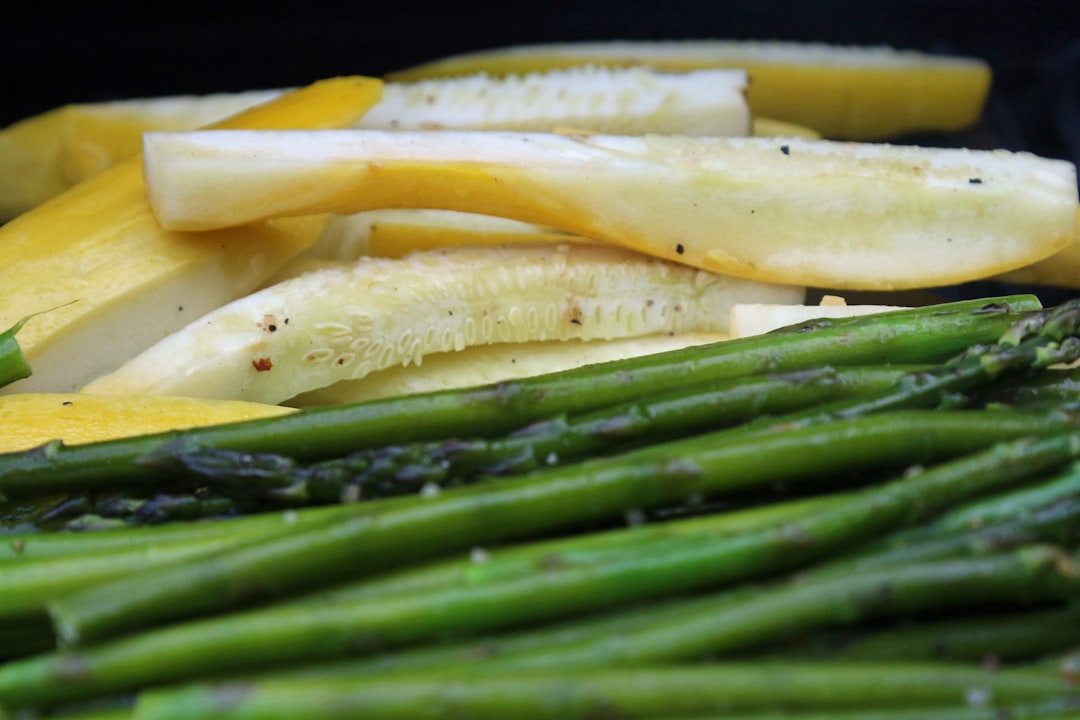
Asparagus shines in springtime meals, but its real magic lies in its prebiotic content. This crisp vegetable provides several prebiotic fibers, including inulin, which serve as food for gut bacteria that help manage inflammation and keep your system humming. Whether you prefer asparagus steamed, roasted, or sliced raw into salads, every spear is an act of self-care for your digestive ecosystem. Asparagus is easy to prepare and incorporates seamlessly into weeknight recipes—offering a seasonal, flavorful way to support your gut’s natural resilience.
9. Leeks
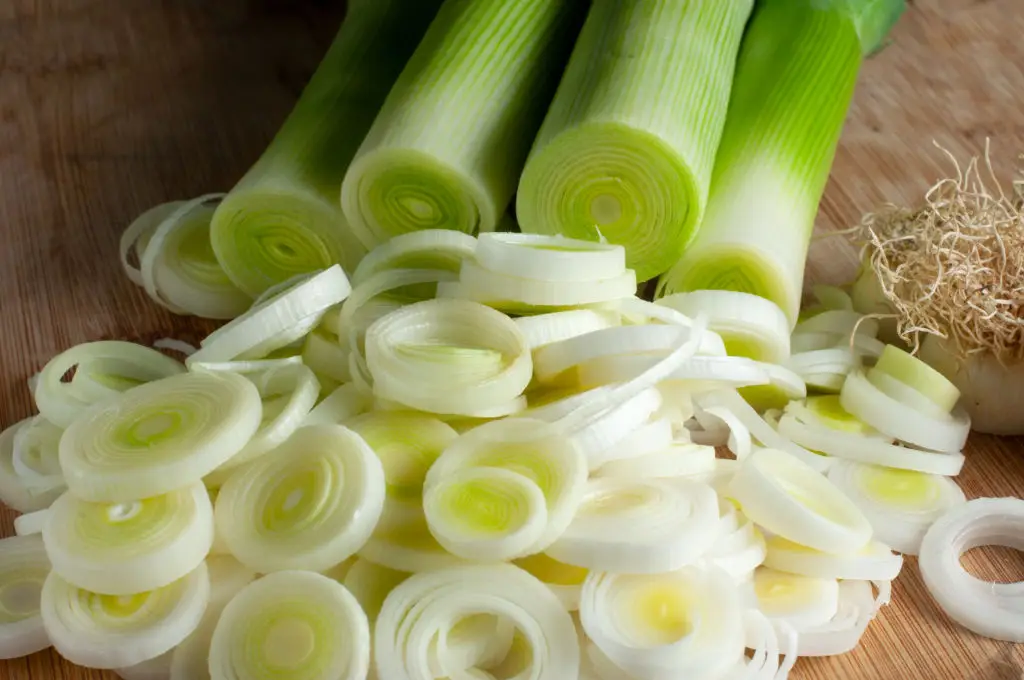
Leeks might be cousins to onions, but their milder flavor and higher prebiotic content make them a friendly staple for your gut. Rich in fructooligosaccharides (FOS) and soluble fiber, leeks gently encourage beneficial bacteria to flourish. Roast them until caramelized, sauté into soups and stews, or slice thinly to sprinkle raw into salads for added crunch and prebiotic advantage. For anyone wanting to boost gut health without overwhelming their taste buds, leeks offer a deliciously subtle path to nurturing those helpful microbes.
10. Dandelion Greens

It might surprise you to discover that those dandelions popping up in your garden are nutritional powerhouses. Their greens are packed with inulin and other fibers that support Bifidobacteria—one of your gut’s best allies. Dandelion greens also offer vitamins and minerals for whole-body wellness. Tender and slightly bitter, these greens blend beautifully into salads, omelets, or smoothies. If you’re new to dandelion’s bold taste, mix them with milder greens to help your palate adjust while still reaping all the gut benefits.
11. Apples (Especially with Skin)
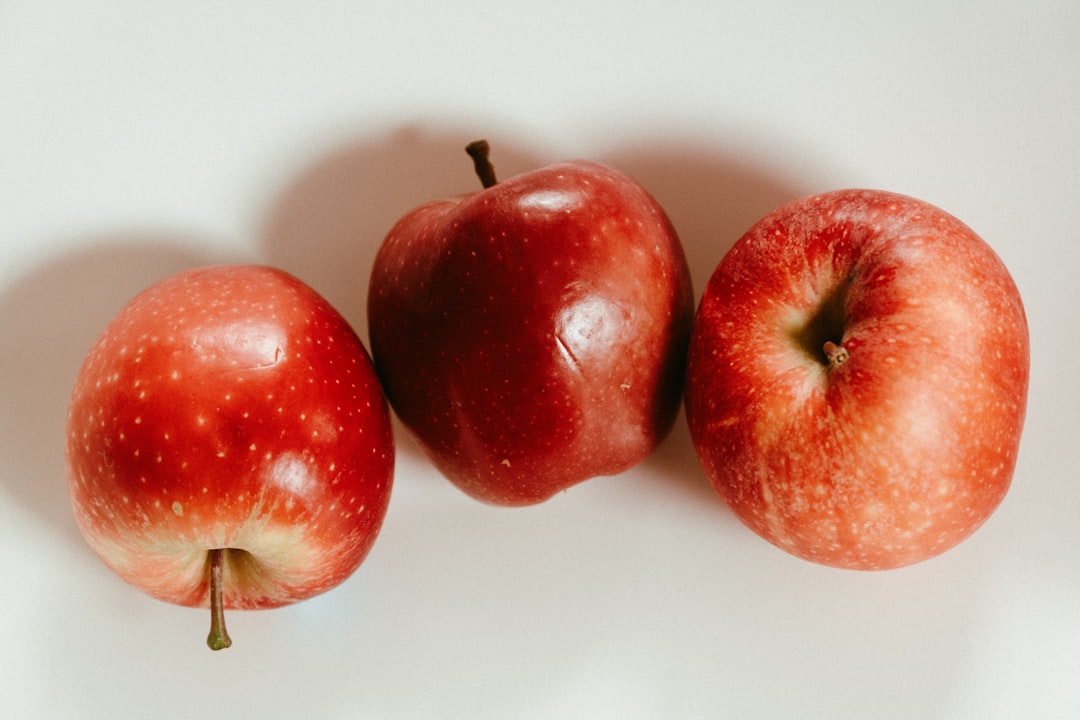
An apple a day carries more wisdom than just good taste. The skin of apples is loaded with pectin, polyphenols, and soluble fiber—all of which feed your beneficial gut bacteria. These compounds support microbial balance, gentle regularity, and may even foster the growth of particularly helpful bacterial strains. To get the most benefit, eat apples with the skin on and try mixing them into oatmeal, slices for a snack, or baked for a naturally sweet dessert. It’s a classic, accessible way to nurture your gut (and satisfy a sweet tooth) with every bite.
12. Extra Virgin Olive Oil
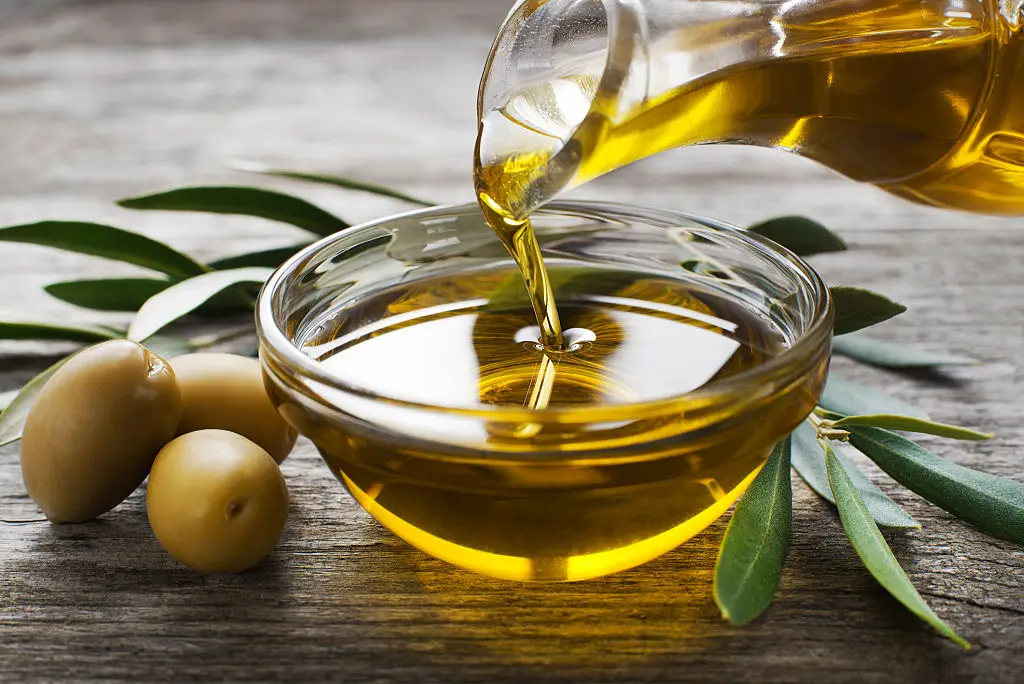
Used daily in Mediterranean kitchens, extra virgin olive oil boasts polyphenols and unique compounds that help foster greater bacterial diversity in the gut. Pour it over salads, roasted vegetables, or stir it into bean dishes for an easy prebiotic boost. Unlike many oils, extra virgin olive oil is minimally processed, preserving the delicate compounds that benefit both your microbiome and overall health. Making small swaps—like choosing olive oil for your regular cooking—can create a ripple effect, strengthening your gut from the inside out.
A Gentle Shift Toward Gut Wellness
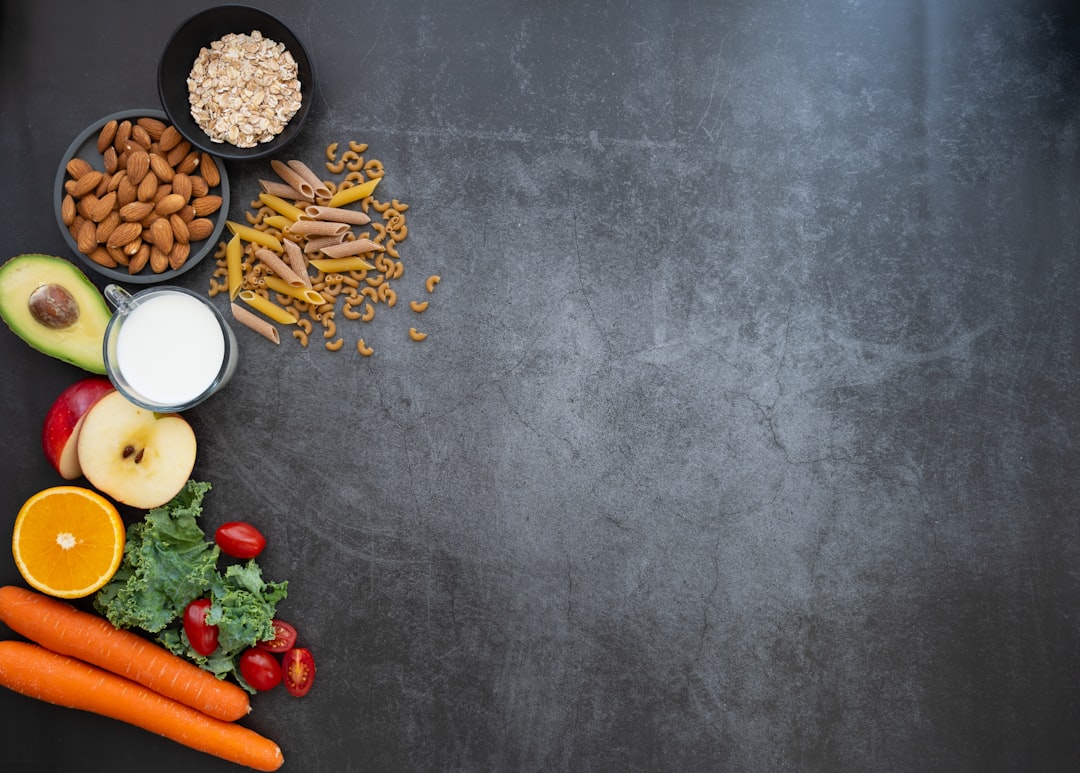
Building a healthier gut isn’t about perfection, and it’s certainly not an overnight transformation. The science is clear: variety is the secret ingredient in any gut-friendly routine. By introducing even two or three of these prebiotic-rich foods into your meals each week, you’ll be offering your body—and its beneficial bacteria—exactly what it needs to thrive. There’s beauty in small, consistent changes. Each step is a celebration of wisdom, adaptability, and the deep connection between the foods we choose and the way we feel every day.
